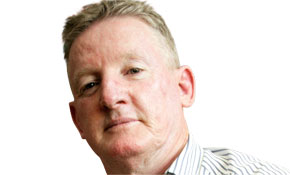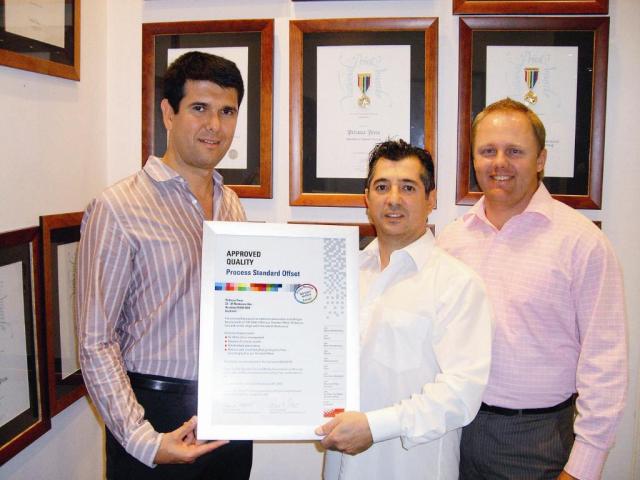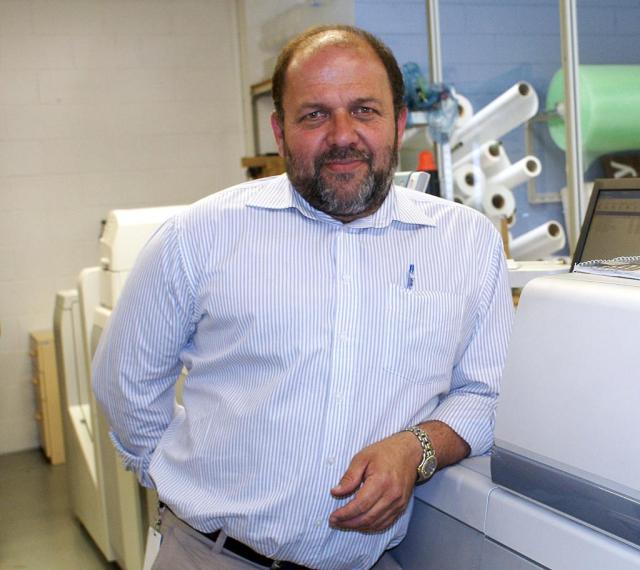
The Forest Works Seminar in Melbourne last month was a significant event on both the environment and political calendars. Representatives of the wood fibre industry, which includes printing, were given a rare opportunity to witness arguments from the two major global forestry certification bodies, FSC and PEFC.
PEFC global chairman William Street and FSC USA president Corey Brinkema were on hand to explain why their particular method of forestry certification should be considered the best. From the onset, it was clear this was not going to be an ordinary debate. The two presenters carefully skirted around the possibility that either one would actually name the other certification. Brinkema in particular refused to acknowledge the existence of an alternative forestry certification system at all.
According to Street, PEFC does not think there should be competition between alternative certification systems. He felt the strong market activities of FSC mean PEFC has no choice but to enter into a battle over the environmental certification of wood fibre, such as forestry, lumber, furniture, pulp and paper. Street said PEFC certification embraced the current national forestry schemes in use around the world.
National forestry schemes, he said, are scrutinised against the criteria agreed to in a set of PEFC standards. Where a national standard is considered up to the PEFC standard, the national certification can fall under the international label of PEFC. In this regard, PEFC is not a single forestry standard, it is an umbrella organisation that recognises national forestry standards.
Brinkema outlined a completely different version of forestry certification with the FSC system. PEFC works with forestry industry bodies and national standards. FSC ,however, has a single international set of criteria for sustainable forestry that is applied evenly around the world. Brinkema said the main drivers for certification take-up were through pressure applied to companies by groups such as WWF and other international environment NGOs. Alternative forestry schemes are not acknowledged by FSC. In fact, they are often aggressively attacked by FSC and environment NGOs, resulting in what Street called a ‘battle for fibre’.
The overwhelming message I took from the seminar is that we are witnessing a massive global arm wrestle between a powerful North American marketing group in FSC and an industry-based body coming out of Europe in PEFC. There are two big problems with this impasse. Firstly, each body is spending a large part of their reserves battling each other. The victim is the very forestry they both aim to save. Neither can afford to engage in the really important environmentally sensitive forests in the developing world because they are up to their necks fighting each other in the OECD nations.
While they are fighting, who is protecting tropical forestry? The second problem is any firm operating in the wood fibre industry – including printing – must pay for two forestry certification systems. It’s like having to get two drivers licences.
Phillip Lawrence spent many years working in the paper sector and is now a consultant and public speaker who specialises in print and the environment.
Comment below to have your say on this story.
If you have a news story or tip-off, get in touch at editorial@sprinter.com.au.
Sign up to the Sprinter newsletter



